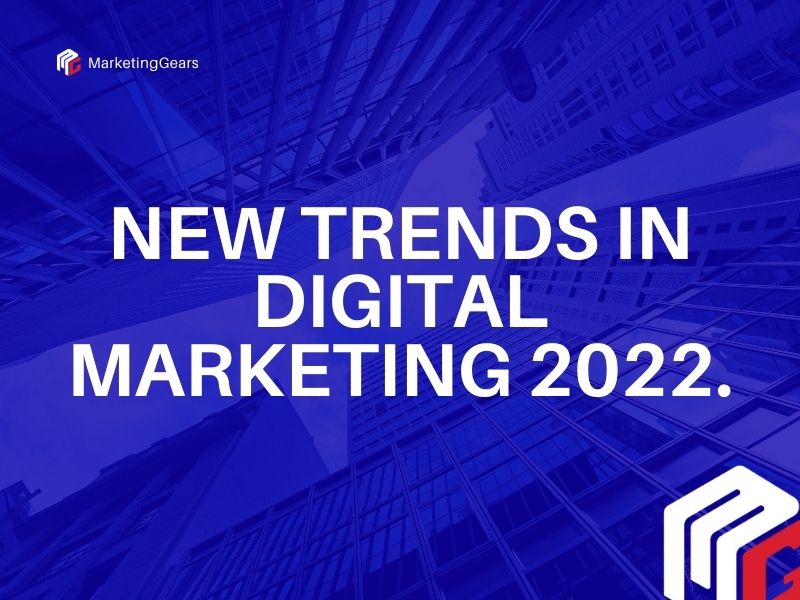With every passing year, digital marketing grows more complex. Marketers nowadays must deal with booming social platforms and ever-changing laws, as well as content, automation, and personalization, to name a few, in addition to the fundamentals such as SEO, PPC, branding, and UX.
This is what it came down to in terms of brand-new digital marketing trends in 2022.
1. The idea of a metaverse
The metaverse is a permanent environment in which people work, play, and socialize in the virtual worlds of augmented reality, virtual reality, 3D holographic avatars, and video, rather than a one-time event like gaming. There’s a reason the metaverse has received so much attention recently—and marketers should incorporate it in their 2022 marketing strategy.
2. Non-fungible tokens (NFTs)
Non-fungible tokens are a prominent blockchain component (NFTs). It is non-fungible since it has no equals, which implies it cannot be dealt with for anything of equivalent value. The United States dollar, for example, is fungible. Ten $20 notes can be traded for a $200 banknote.
3. Private data and no data
Marketers still have a year until Google stops utilizing third-party cookies, making 2022 the most important year for data and privacy yet. Many incredibly smart marketers are still unaware that Facebook, Twitter, Instagram, or any other social media network that assists job hunters in writing resumes and cover letters controls your audience.
This involves the deployment of data-gathering tools that prioritize client privacy.
4. Buffering in the supply chain
Even though the 2021 holidays have passed, headlines about supply chain delays and their negative impact on customer experience continue to dominate the news. As a result, proposes that marketing objectives and stock capacity be coordinated, as co-founder of Amazon inventory management tool So stocked.
Brands will also benefit from maintaining a 30-day supply on hand.
5. Straightforward information
While content marketing has long been a mainstay of digital marketing, 2022 will see marketers embrace content simplicity and clarity. Your clients have a plethora of information to choose from on the internet, and yours must stand out in order to get seen in the first place. Maintaining clarity with your stuff does not have to be tough. It must be understandable to the public. Clear content will allow you to reach a larger audience.
6. To build privacy, transparency, and trust.
Consumers are becoming increasingly distrustful of the information they’re being targeted with as a result of the overabundance of digital advertising. As a result, online marketers should plan for greater privacy limits in 2022, which will change how they can track their consumers’ behavior.
Google has stated that third-party cookies would be phased out by 2023. Many marketing departments will have to rethink their strategy as a result of this.
However, data-driven content and marketing are not dead. The conclusion of personalized advertising isn’t even in sight.
To conclude,
A few of these trends may be simpler for your company to adopt than others. In certain circumstances, you may make a mental note of them as broad guidelines to keep an eye on—but recall, the faster you can respond, the better. The present year’s approach should constantly include coming periods!





